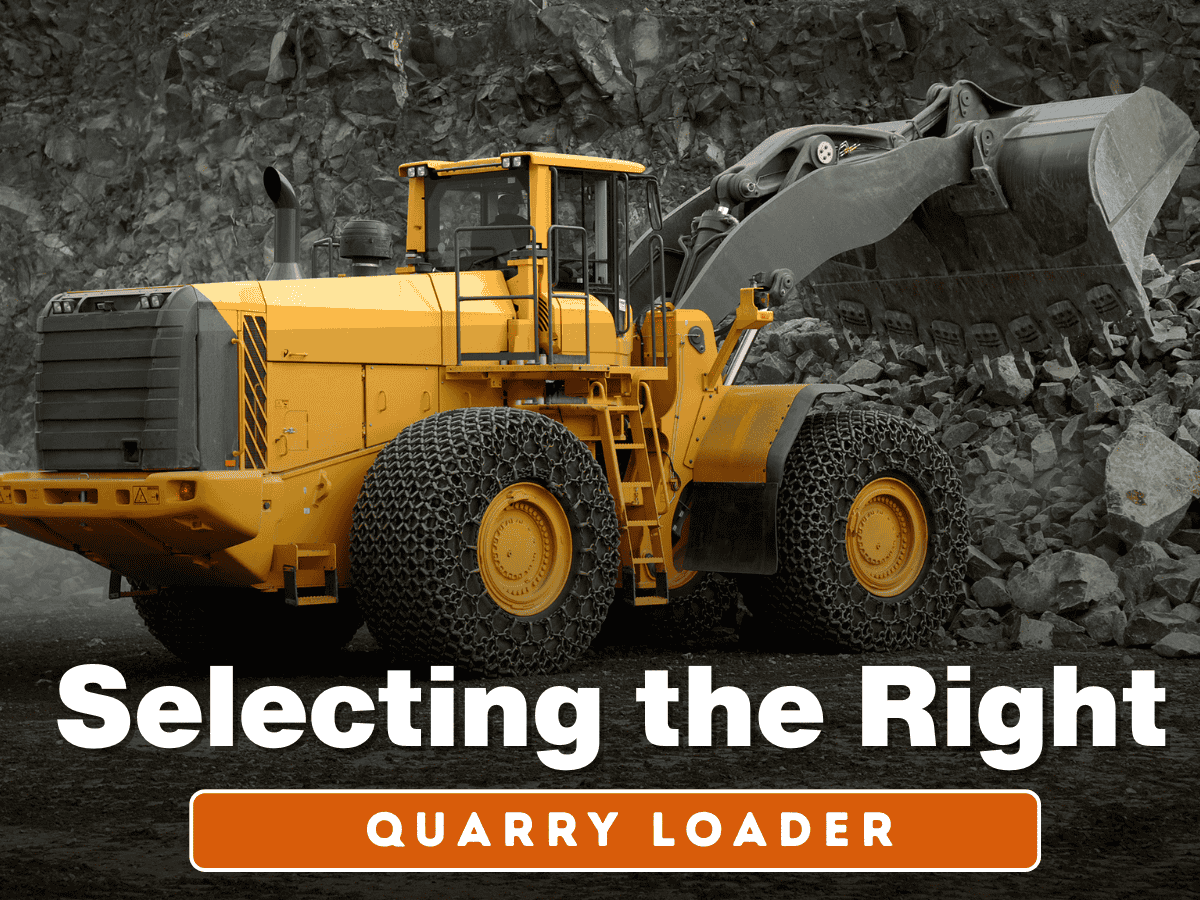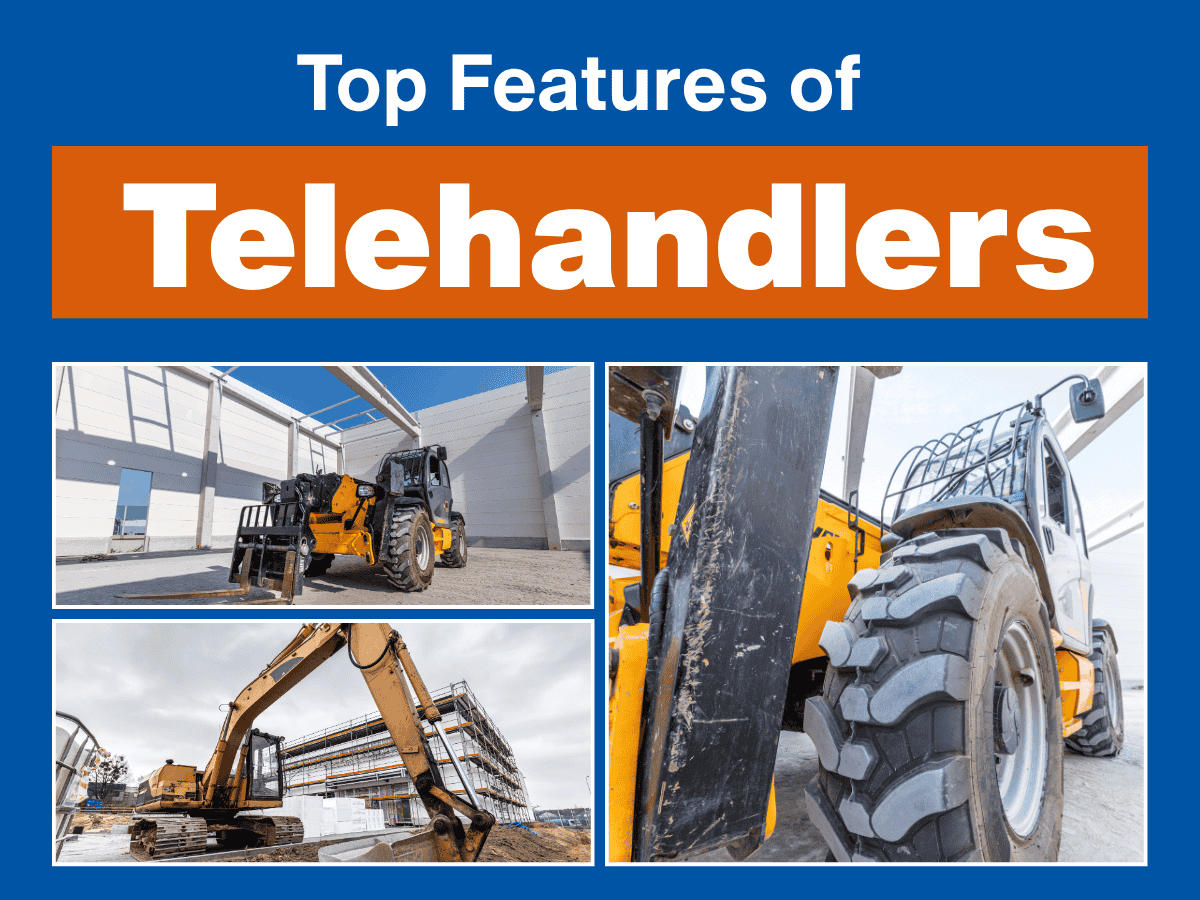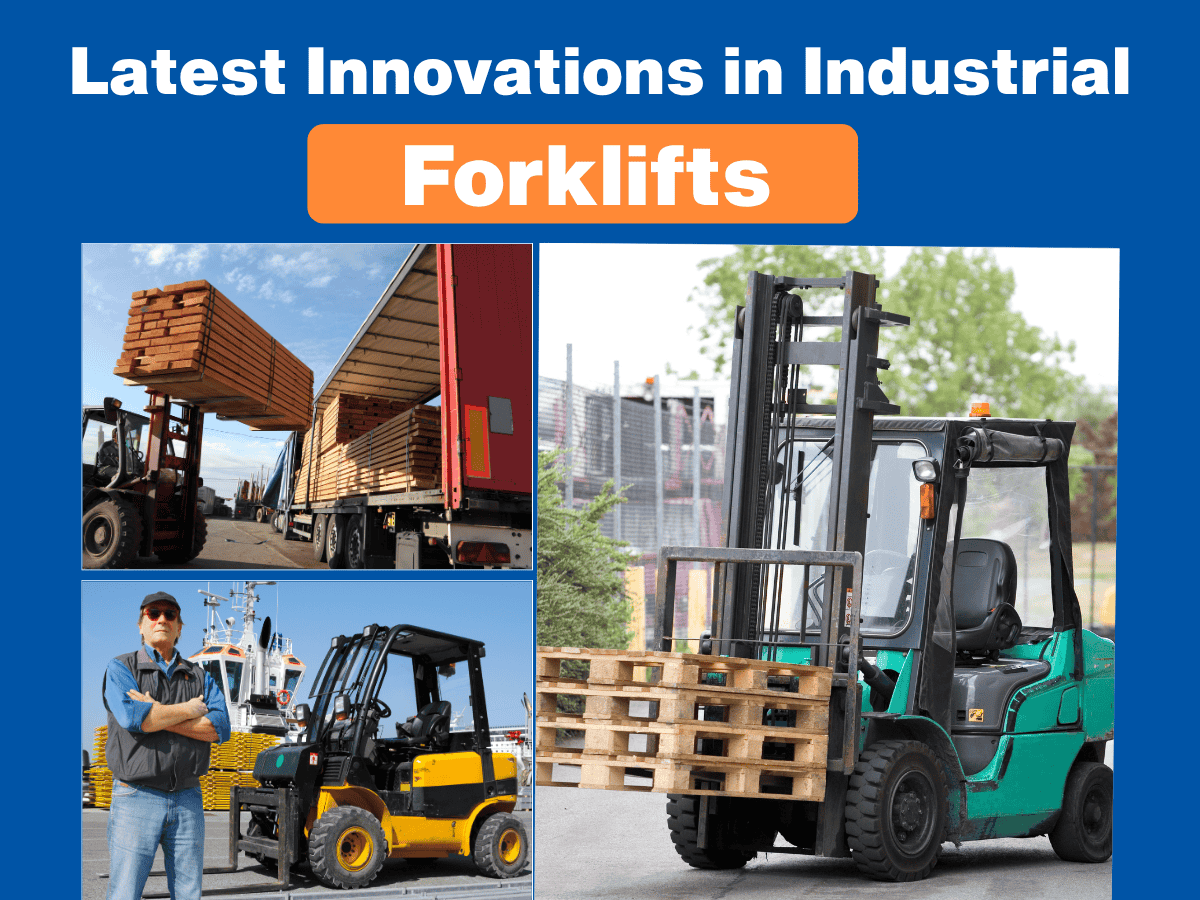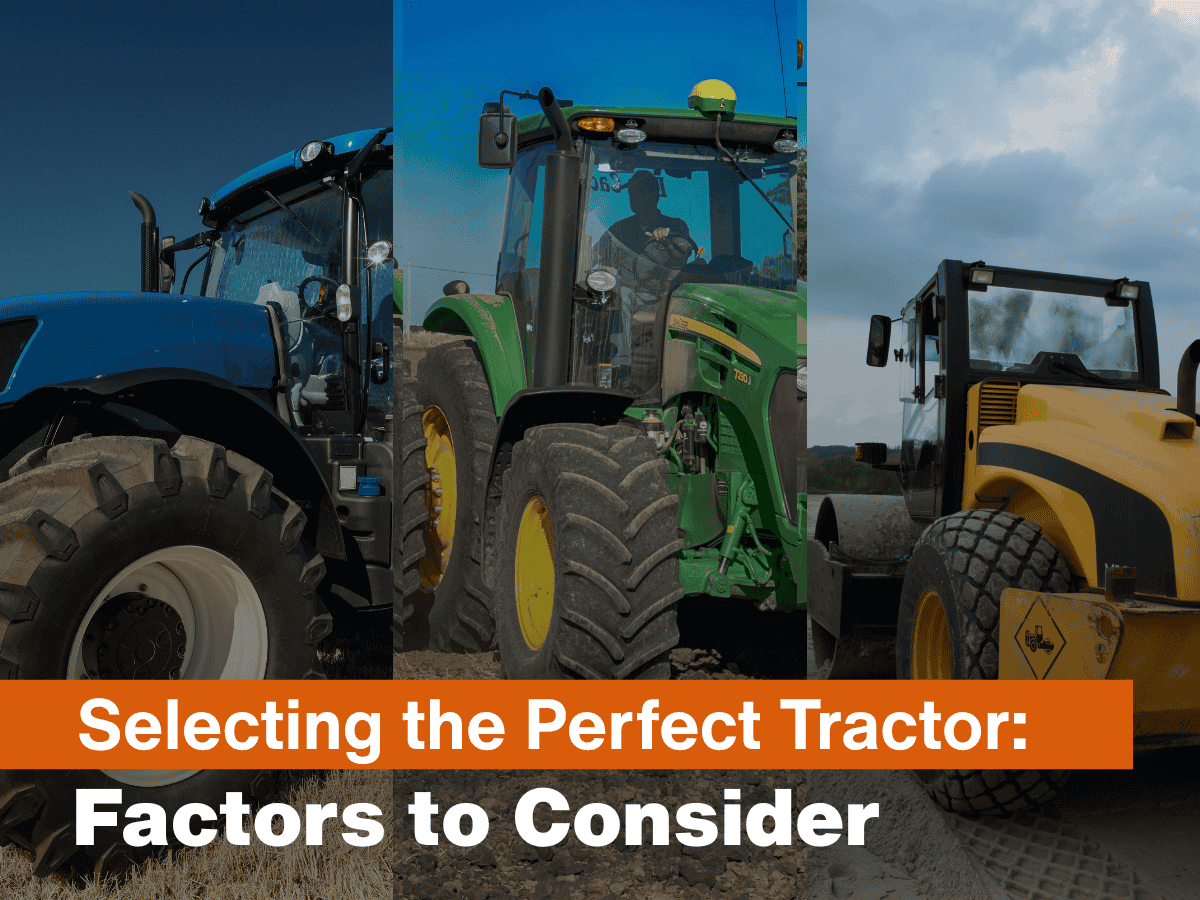Search Further
Kindly select atleast one option

ceat-speciality:blogs-tags/all,ceat-speciality:blogs-tags/equipment
Understanding Load Transfer and Its Effect on Rear Tractor TyresUnderstanding Load Transfer and Its Effect on Rear Tractor Tyres

ceat-speciality:blogs-tags/all,ceat-speciality:blogs-tags/equipment
European Tractor Market Trends: Current Demand and Future ProjectionsEuropean Tractor Market Trends: Current Demand and Future Projections

ceat-speciality:blogs-tags/all,ceat-speciality:blogs-tags/equipment
Top Tips for Buying a Second-Hand Wheel LoaderTop Tips for Buying a Second-Hand Wheel Loader

ceat-speciality:blogs-tags/all,ceat-speciality:blogs-tags/equipment
One Tyre Doesn’t Fit All: The Case for Application-Specific Tyre DesignOne Tyre Doesn’t Fit All: The Case for Application-Specific Tyre Design

ceat-speciality:blogs-tags/all,ceat-speciality:blogs-tags/equipment
Rising Tractor Prices: What Farmers and Buyers Need to KnowRising Tractor Prices: What Farmers and Buyers Need to Know

ceat-speciality:blogs-tags/all,ceat-speciality:blogs-tags/equipment
Driving Tractors on European Roads: Key Differences by CountryDriving Tractors on European Roads: Key Differences by Country

ceat-speciality:blogs-tags/all,ceat-speciality:blogs-tags/equipment
Selecting the Right Quarry Loader: Key Factors to ConsiderSelecting the Right Quarry Loader: Key Factors to Consider

ceat-speciality:blogs-tags/all,ceat-speciality:blogs-tags/equipment
Top Features of Telehandlers: What Makes Them Stand OutTop Features of Telehandlers: What Makes Them Stand Out

ceat-speciality:blogs-tags/all,ceat-speciality:blogs-tags/equipment
The Latest Innovations in Industrial Forklifts: What’s Changing?The Latest Innovations in Industrial Forklifts: What’s Changing?

ceat-speciality:blogs-tags/all,ceat-speciality:blogs-tags/equipment
Selecting the Perfect Tractor: Key Factors to ConsiderSelecting the Perfect Tractor: Key Factors to Consider

ceat-speciality:blogs-tags/all,ceat-speciality:blogs-tags/equipment
The Latest Updates on Tractor Insurance: What You Need to KnowThe Latest Updates on Tractor Insurance: What You Need to Know

ceat-speciality:blogs-tags/all,ceat-speciality:blogs-tags/equipment
Predictive Maintenance: Transforming and Advancing Tractor Fleet ManagementPredictive Maintenance: Transforming and Advancing Tractor Fleet Management

ceat-speciality:blogs-tags/all,ceat-speciality:blogs-tags/equipment
A Guide to Slope-Friendly Farm EquipmentA Guide to Slope-Friendly Farm Equipment

ceat-speciality:blogs-tags/all,ceat-speciality:blogs-tags/equipment
What's Driving the Future of Agricultural Equipment?What's Driving the Future of Agricultural Equipment?

ceat-speciality:blogs-tags/all,ceat-speciality:blogs-tags/equipment
How are Tractors Used in Modern Agriculture and Construction?How are Tractors Used in Modern Agriculture and Construction?

ceat-speciality:blogs-tags/all,ceat-speciality:blogs-tags/equipment
Avoid Costly Downtime: Prepare Your Combine Harvester NowAvoid Costly Downtime: Prepare Your Combine Harvester Now

ceat-speciality:blogs-tags/all,ceat-speciality:blogs-tags/equipment
5 Tips for Restoring Your Tractor5 Tips for Restoring Your Tractor

ceat-speciality:blogs-tags/all,ceat-speciality:blogs-tags/equipment
From Forklift to Trailer: The Impact of Tyres on Warehouse OperationsFrom Forklift to Trailer: The Impact of Tyres on Warehouse Operations

